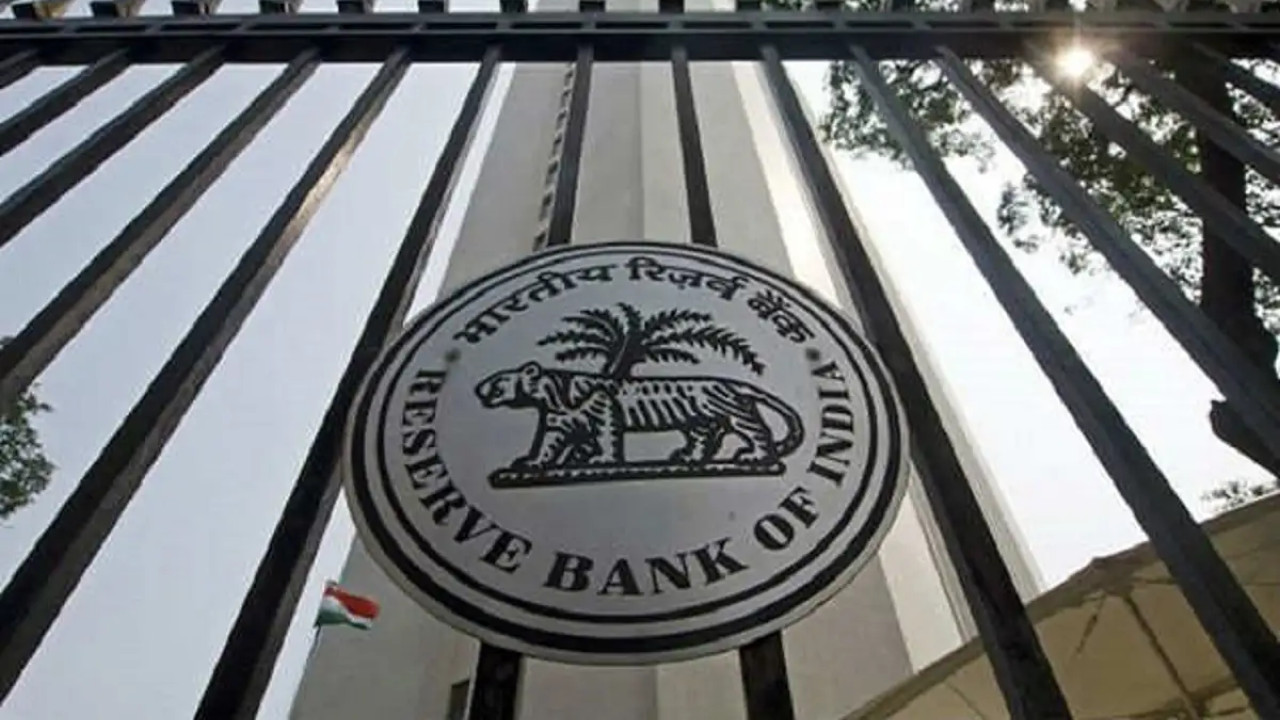Is India’s Inflation Target Under the Microscope? A Fresh Look at Price Stability
For years, the Reserve Bank of India (RBI) has walked a tightrope, balancing economic growth with the crucial task of keeping inflation in check. The current framework, setting an inflation target of 4% with a tolerance band of +/- 2%, has been the cornerstone of this balancing act. But whispers are now circulating, suggesting that this framework might be due for a closer look. Are we on the cusp of a potential shift in how India tackles inflation?
The RBI itself seems to be prompting this debate, subtly signaling a willingness to re-evaluate the existing inflation targeting regime. This isn’t necessarily about admitting failure, but rather about acknowledging the evolving economic landscape and ensuring the framework remains fit for purpose.
Why Re-evaluate the Inflation Target Now?
Several factors likely contribute to this timely introspection. Global supply chain disruptions, the lingering effects of the pandemic, and geopolitical tensions have all conspired to create a more volatile and unpredictable inflationary environment. What worked effectively in the past may need adjustments to remain effective today.
Furthermore, India’s own economic growth trajectory is a key consideration. A rigid focus on curbing inflation, while essential, could potentially stifle economic expansion, particularly in a developing economy striving to reach its full potential. The challenge lies in finding the sweet spot – maintaining price stability without unduly hindering growth.

A Deeper Dive into the Debate
The core of the discussion revolves around whether the current 4% target remains optimal for India’s specific circumstances. Some argue that a slightly higher target might provide more room for the RBI to support growth during periods of economic uncertainty. This would allow for a more flexible monetary policy response without immediately triggering alarm bells about runaway inflation.
Conversely, proponents of maintaining the existing target emphasize the importance of anchoring inflation expectations. They argue that any perceived weakening of the RBI’s commitment to price stability could lead to a self-fulfilling prophecy, where businesses and consumers anticipate higher inflation and adjust their behavior accordingly, thus fueling the very inflation the RBI is trying to control.
It’s also crucial to consider the social impact. High inflation disproportionately affects lower-income households, eroding their purchasing power and exacerbating inequality. Therefore, any adjustment to the inflation target needs to be carefully weighed against its potential impact on the most vulnerable sections of society.
The Global Context
India isn’t alone in grappling with these questions. Central banks worldwide are reassessing their approaches to monetary policy in light of the unprecedented challenges of recent years. Some have already adjusted their inflation targets or adopted new tools to manage inflation expectations.
Understanding how other countries are navigating these complexities can provide valuable insights for India as it embarks on its own evaluation. There’s no one-size-fits-all solution, but learning from the experiences of others can help refine India’s approach and ensure it remains aligned with global best practices. It is worth checking out how the RBI’s monetary policy compares to other countries.
What Lies Ahead?
The RBI’s call for debate signals a willingness to engage in a thoughtful and transparent discussion about the future of India’s inflation targeting framework. This is a welcome development, as it allows for a broader range of perspectives to be considered and ensures that any potential adjustments are based on sound economic analysis and a clear understanding of the potential consequences.
While the outcome of this debate is uncertain, one thing is clear: maintaining price stability will remain a top priority for the RBI. The goal is to find the most effective way to achieve this objective while simultaneously supporting sustainable economic growth and safeguarding the interests of all Indians. This re-evaluation is about refining the approach, not abandoning the commitment to a stable and prosperous economic future.







